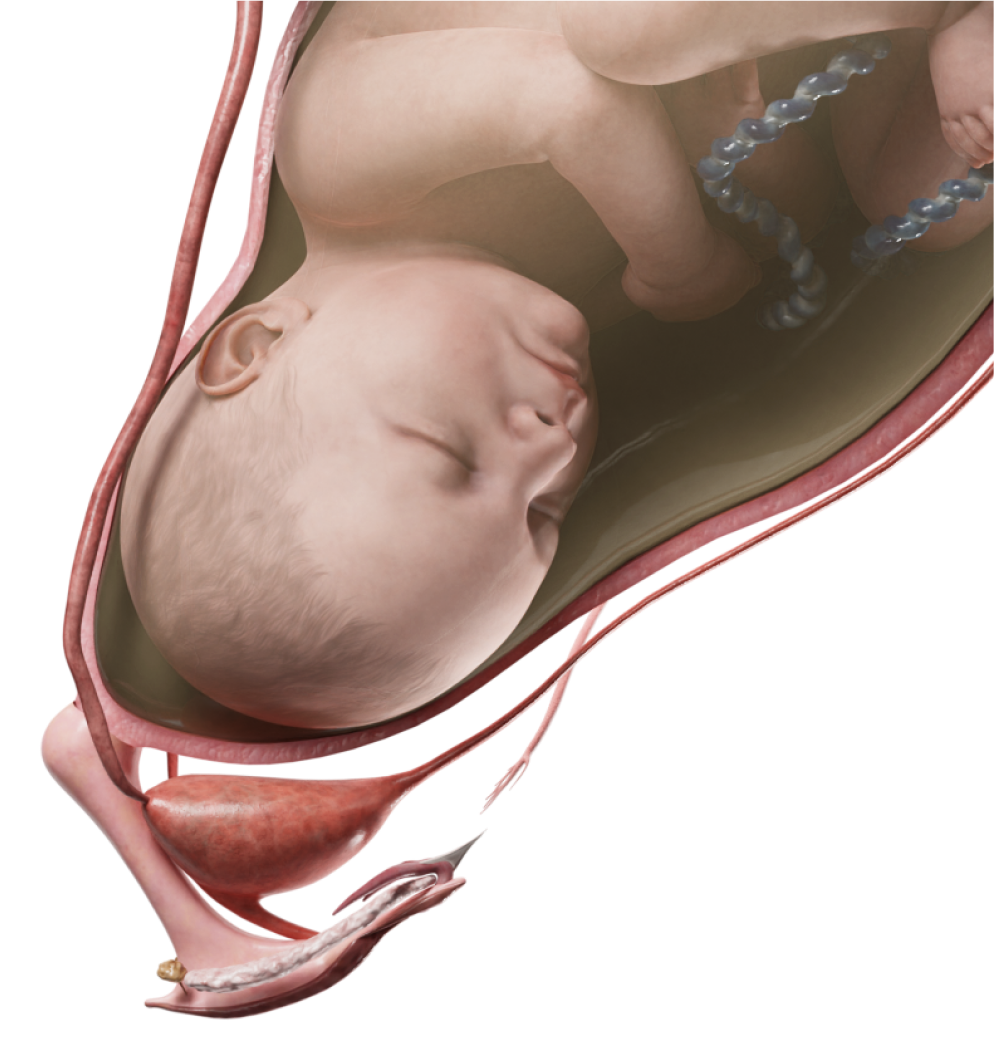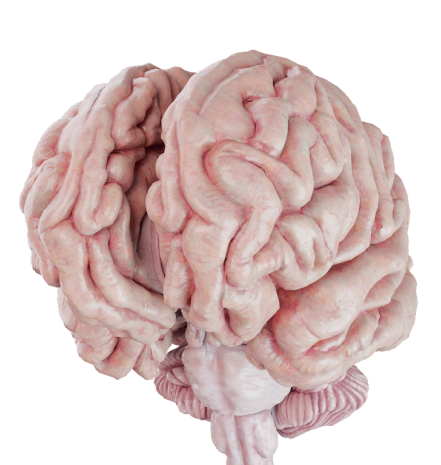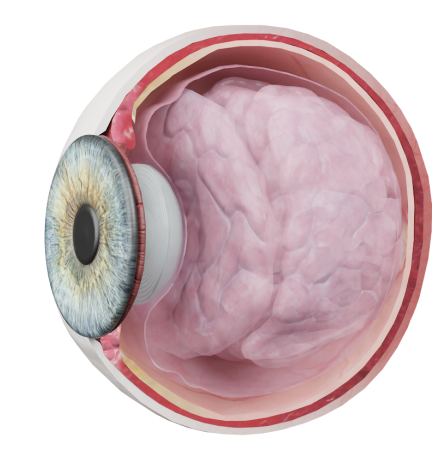Combined valve diseases
Multiple valvular heart diseases (VHD) tend to affect two or more heart valves and, unlike single-valve disorders, are generally more severe as the decompensated circulatory dysfunction develops and patients show significant functional capacity impairment early in the course. The disease nature implies that various lesion combinations are possible:
- aortic stenosis and mitral stenosis (AS-MS);
- aortic stenosis, mitral stenosis and tricuspid stenosis (AS-MS-TS);
- mitral stenosis and aortic regurgitation (MS-AR);
- aortic stenosis and mitral regurgitation (AS-MR);
- aortic regurgitation, mitral regurgitation and tricuspid regurgitation (AR-MR-TR);
- mitral regurgitation and tricuspid regurgitation (MR-TR);
- aortic regurgitation and mitral regurgitation (AR-MR), etc.
Multiple VHD — Mitral and Tricuspid Valves
Mitral regurgitation and tricuspid regurgitation (MR-TR) is a highly prevalent combination of defects. It may develop in patients with previous infective endocarditis (IE), rheumatic fever, and/or heart failure associated with other heart diseases.
Anatomic Pathology
Regurgitation dilates the mitral and tricuspid valve annuli, thus exacerbating regurgitation even further. Valvular insufficiency may also be induced by cleft valvular leaflets, thick and short chordae tendineae, chordae straddling, papillary muscle abnormalities or dysfunction.
Pathophysiology
MR contributes to an increase in pressure in the left atrium (LA) and subsequently in the pulmonary artery. This results in an overload in the right ventricle (RV) and a volume overload in the left ventricle (LV). Backward blood flow into the right atrium (RA) causes its dilatation and increases its internal pressure. Ultimately, RV heart failure or cardiac arrhythmias may develop.
Clinical Manifestations
This multiple VHD is identified by symptoms indicative of heart failure including dyspnea, exercise intolerance, peripheral edema, etc.
Diagnosis
- ECG: changes are nonspecific; cardiac arrhythmias can be detected.
- Echocardiography: regurgitation degree; atria sizes; severity of pressure increase.
- Chest X-ray: dilated heart borders; signs of pulmonary hypervolemia.
- MRI: ventricular function assessment.
- Cardiac catheterization: may be indicated in pulmonary hypertension to measure the severity of pressure increase in the pulmonary artery.
Treatment
Standard therapy for congestive heart failure is the best option in mild valve regurgitation, with afterload reduction being a priority. Mitral and tricuspid valvuloplasty is performed under cardiopulmonary bypass when cleft leaflets, if any, may be sutured; commissuroplasty or annuloplasty is done as needed. Surgical approaches may also include prosthetic replacement.
Multiple VHD — Aortic and Mitral Valves
Aortic stenosis and mitral stenosis (AS-MS) tends to develop in patients with previous IE and/or rheumatic fever. It should be noted that MR can develop as a secondary condition to AS.
Anatomic Pathology
AS: the valvular leaflets are morphologically altered, fibrosed, often calcified, and fused along the commissures. The valve orifice is narrowed. Most commonly, AS occurs on a substrate of congenitally abnormal bicuspid aortic valve (BAV).
Typically, MR develops secondary to AS decompensation. This dilates the mitral valve annulus, thus exacerbating regurgitation even further. Valvular insufficiency may also result from cleft valve leaflets, thick and short chordae tendineae, chordae rupture and straddling, papillary muscle abnormalities or dysfunction, acute rheumatic fever, IE-induced valvular lesions, etc.
MS: structural changes can spread to the papillary muscles, the chordae tendineae, and, eventually, the valvular leaflets. The chordae tendineae become thickened, fused, and may connect to the single papillary muscle or intersect in the LV cavity. Such morphology obstructs the blood flow from the atrium. The mitral valve (MV) may be fused along the commissures; its leaflets become thick and immobile, either in full or in part. In some cases, fibrous thickening of the MV (at the atrium) may be observed, which further impedes the leaflet movement.
Pathophysiology
Obstruction to the blood outflow from the LV results in LV overload followed by hypertrophy. In a hypertrophied myocardium, a decrease in coronary blood flow can be observed. This decrease can, in turn, deteriorate both systolic and diastolic LV function. Obstruction to the blood outflow and regurgitation produce LA pressure and volume overload. An increase in the pulmonary vein pressure and the resulting pulmonary hypertension inevitably lead to RV heart failure.
Clinical Manifestations
Clinically, the condition can present with exercise intolerance, dyspnea, frequent fainting, and angina pectoris. There is also a high risk of atrial fibrillation (AF) and thromboembolic events.
Diagnosis
- ECG: changes are nonspecific; cardiac arrhythmias can be detected.
- Echocardiography: regurgitation degree; atria sizes; severity of pressure increase; stenosis severity; systolic pressure gradient.
- Chest X-ray: dilated heart borders; signs of pulmonary hypervolemia.
- MRI: ventricular function assessment.
- Cardiac catheterization: may be indicated in pulmonary hypertension to measure the severity of pressure increase in the pulmonary artery and to assess ventricular function.
Treatment
In this case, standard therapy for heart failure is preferred. One of the options is mitral valvuloplasty, when fibrous tissue is excised and the excess is removed to restore leaflet mobility. In this way, the thickened and fused chordae tendineae and morphologically altered papillary muscles can also be divided. Another technique, called aortic valve replacement (AVR), implies that the native valve is completely excised and then replaced with a prosthesis.
Multiple VHD — Aortic, Mitral, and Tricuspid Valves
Aortic stenosis and mitral stenosis plus tricuspid regurgitation (AS-MS-TR) is one more extremely common lesion combination. It may develop in patients with previous infective endocarditis (IE), rheumatic fever, and/or heart failure associated with other heart diseases.
Anatomic Pathology
AS: the valvular leaflets are morphologically altered, fibrosed, often calcified, and fused along the commissures. The valve orifice is narrowed. Most commonly, AS occurs on a substrate of congenitally abnormal BAV.
MS: structural changes can spread to the papillary muscles, the chordae tendineae, and, eventually, the valvular leaflets. The chordae tendineae become thickened, fused, and may connect to the single papillary muscle or intersect in the LV cavity. Such morphology obstructs the blood flow from the atrium.
The MV may be fused along the commissures; its leaflets become thick and immobile, either in full or in part. In some cases, fibrous thickening of the MV (at the atrium) may be observed, which further impedes the leaflet movement.
TR: the tricuspid valve (TV) leaflets do not close properly.
Pathophysiology
Obstruction to the blood outflow from the LV results in LV overload followed by hypertrophy. However, the LV cavity volume is normal. In a hypertrophied myocardium, a decrease in coronary blood flow can be observed. This decrease can, in turn, deteriorate both systolic and diastolic LV function. MS further increases the LA pressure and provokes pulmonary hypertension later on. In its turn, TR produces excess RA pressure and volume overload.
Clinical Manifestations
These may span a wide range of heart failure symptoms, including dyspnea, exercise intolerance, peripheral edema, etc., accompanied by various arrhythmias.
Diagnosis
- ECG: changes are nonspecific; cardiac arrhythmias can be detected.
- Echocardiography: regurgitation degree; atria sizes; severity of pressure increase; stenosis severity.
- Chest X-ray: dilated heart borders; signs of pulmonary hypervolemia.
- MRI: ventricular function assessment.
- Cardiac catheterization: may be indicated in pulmonary hypertension to measure the severity of pressure increase in the pulmonary artery.
Treatment
In this case, standard therapy for heart failure is preferred. One of the options is mitral and aortic valvuloplasty, when fibrous tissue is excised and the excess is removed to restore leaflet mobility. In this way, the thickened and fused chordae tendineae and morphologically altered papillary muscles can also be divided. Another technique, called valve replacement, implies that the native valve is completely excised and then replaced with a prosthesis.










